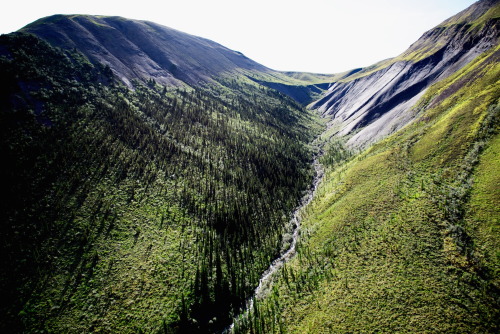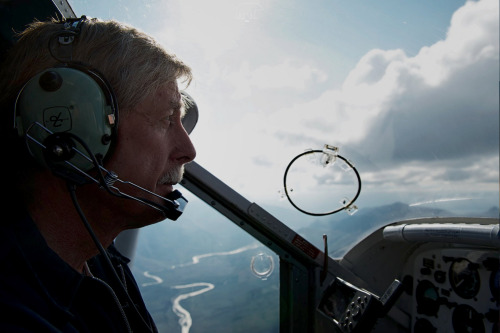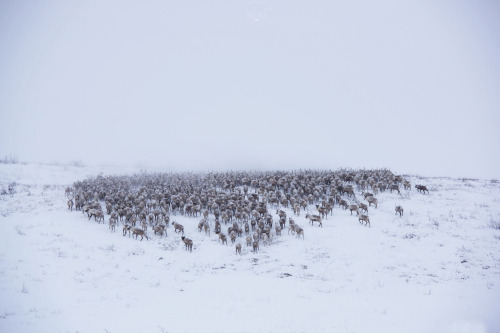The Regulars: An Interview with Jason van BruggenPhotographer: Jason van BruggenStudio / Company:&nb
The Regulars: An Interview with Jason van BruggenPhotographer: Jason van BruggenStudio / Company: Jason van Bruggen PhotographyRecent Project: Greenpeace: Save the Arctic “Polar Bear”Type of Photos Taken: Advertising campaigns, editorial (Portraits, Landscapes, causes)Tell us a bit about yourself…I am a film-maker and photographer and a citizen of Canada and the Netherlands, living in Toronto. I’ve been lucky to travel and work all over the world, having spent time in 100 + countries. These experiences motivated a lasting interest in the natural landscapes and traditional cultures found throughout this world, particularly the Canadian Arctic. In addition to film and photography work, I work on advocacy and awareness campaigns with clients who share a commitment to creating better outcomes through their work on social and environmental causes. My current projects use multi media story-telling to explore the growing tensions between humans and the environment. I combine film, photography and other mediums to create immersive narratives, collaborative public engagement and advocacy around contemporary issues. I believe in using a fresh and fully integrated storytelling approach to take advantage of today’s connected media landscape. My visual work on the protection of local food and water sources and pressing environmental concerns in ecologically sensitive areas has appeared in numerous print and online publications around the world. It has also appeared on TV and in books and campaigns on behalf of leading brands, environmental organizations and not-for-profits around the world.What drew you into photography?My interest in telling a story and sharing my concerns with the wider world. Photography presented the opportunity to crystallize a rich narrative within a single frame. It was the challenge of trying to capture that singular definitive ‘moment’ that drew me to it.What is your philosophy regarding photo taking? Any personal rules you stick to?I want to wake up every day and be excited by what I do. Photography (and film-making) presents a way for me to intersect with subjects and people I care about. For the most part, I try to keep it simple by only seeking out and accepting work that I am philosophically aligned with. I also enjoy tackling new technical and logistical challenges. These could involve remote locations, complicated advertising campaigns and other variables. I enjoy work that forces me to expand my horizons, take on unfamiliar challenges and develop new skills.Tell us about a photographic challenge you overcame?Working in some of the most remote and austere parts of the world. Trying to figure out which gear, and how much of it, to bring to some of the locations I work in is an ongoing challenge. The first part of it is limiting the amount of gear you travel with. I’ve flown with as many as fifteen checked bags to some parts of the world - everything from an underwater housing to a UAV and six foot long track. I’ve flown with as few as two. I’ve discovered that you can make do with very little and that it often (but not always) benefits the project to have less gear. As I get more experienced and technology becomes more friendly, I try to travel with less and less in order to remain more nimble and responsive.The second challenge is keeping your gear working in places like high altitude deserts in Tibet and Afghanistan or the Canadian Arctic in the dead of winter. I’ve found that a combination of high tech (e.g. large solar powered charging stations) and low tech (e.g. strapping kids’ hand warmers to batteries to keep them operational) solutions is what ends up getting the job done.What is one thing you could not go into a shoot without?A passion for the subject or an interest in the process or both.What gear do you prefer to shoot with?I shoot with all kinds of gear. I have complete Canon, Nikon and Zeiss lens kits and various bodies. Within each system I have 2-3 'go to’ lenses I won’t leave home without. The rest really depends on the project, the destination, and the budget.When did you first come to Downtown Camera? My mother, who was an amateur photographer, sent me to the store when I was looking to buy my first camera.Any advice to fresh photographers?Keep at it. Find your own voice. There’s a lot of competition out there. It’s important to have a great eye and work hard, but it’s not enough. My view, for what it’s worth, is that people who want to enter the professional world should develop their own style of shooting and try and do one thing really well. The good news is that the barriers for entry have been removed and everyone has access to all sorts of wonderful equipment, so you can really experiment and develop your own style. The bad news is that the barriers for entry have been removed and everyone has access to all sorts of wonderful equipment, so they can too! -- source link
#nunavut#canada#arctic#travel#jasonvanbruggen#western




